Security forces kill 30 terrorists in K-P IBOs: ISPR
23 terrorists in two intelligence-based operations in Kurram, seven more killed in separate operations
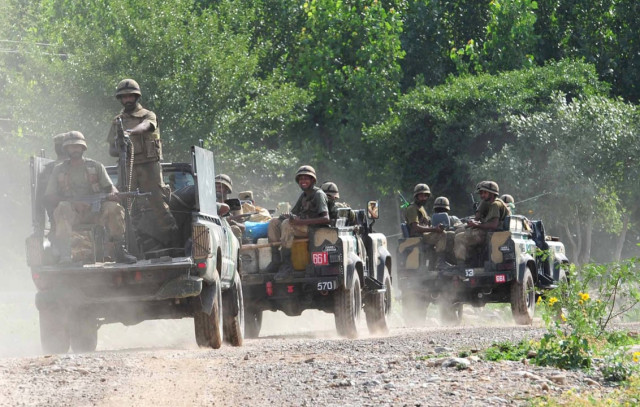
Security forces killed at least 30 terrorists in a series of intelligence-based operations conducted across multiple districts of Khyber-Pakhtunkhwa (K-P) over the past two days, the military’s media wing said on Thursday.
According to the Inter-Services Public Relations (ISPR), the operations were carried out on November 18 and 19 in Mohmand, Lakki Marwat, Tank and Kurram districts following reports of terrorist presence in the region.
In Mohmand, troops launched an intelligence-based operation and came under fire while approaching a suspected hideout. Security personnel returned fire and killed four terrorists during an intense exchange, the statement said.
Read: Security forces kill 38 terrorists in drive against terrorism in K-P
A second operation in Lakki Marwat resulted in the killing of two more terrorists after security forces engaged them during a search of the area.
In Tank district, one terrorist was shot dead in a brief encounter after another intelligence tip-off, the ISPR added. It said sanitisation operations were under way to clear the areas and locate any remaining terrorists.
Earlier in the day, in a separate statement, the ISPR said security forces had killed 23 terrorists in two intelligence-based operations in Kurram district.
The operations were carried out on November 19 after reports of the presence of terrorists described as belonging to the Indian-sponsored group “Fitna Al Khwarij,” it said.
The first engagement took place after troops detected movement in a remote area, leading to an exchange of fire in which 12 terrorists were killed. A second intelligence input prompted another operation in the same broader region, where 11 more terrorists were “neutralised,” the military added.
The military reiterated that counterterrorism efforts under the “Azm-e-Istehkam” framework, approved by the Federal Apex Committee on the National Action Plan, would continue as part of the campaign to eliminate foreign-backed militancy from the country.
Also Read: Denmark warns UNSC of TTP threat in Central, South Asia
President Asif Ali Zardari and Prime Minister Shehbaz Sharif have paid tribute to the security forces for conducting successful operations against what they termed Indian-proxy fitna al-Khwarij in Khyber-Pakhtunkhwa.
In separate statements, both leaders praised the professionalism of the security personnel involved in the operations, which resulted in the killing of 23 militants.
They reaffirmed that the nation stands firmly behind the security forces in the fight against terrorism, stressing that the campaign will continue until the threat is eliminated.

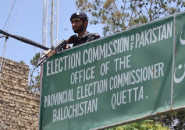




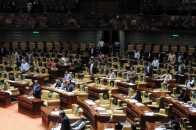




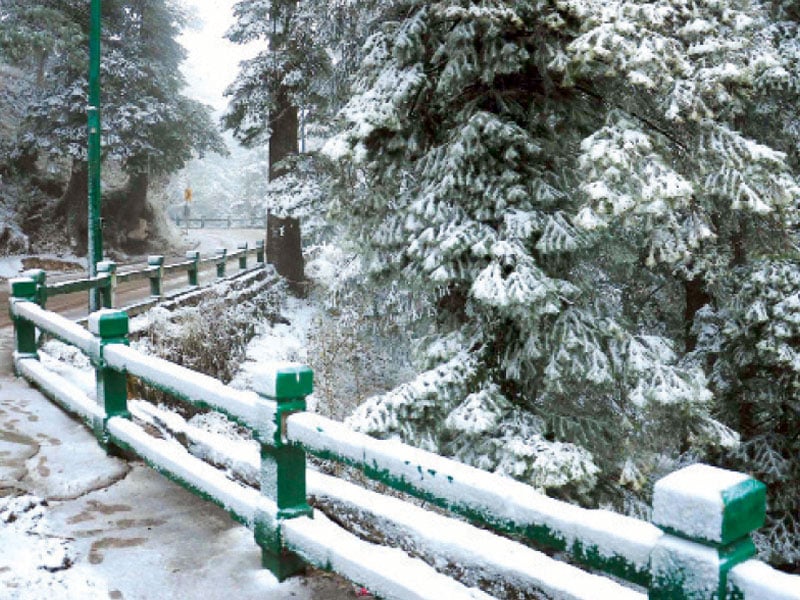

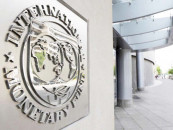






COMMENTS
Comments are moderated and generally will be posted if they are on-topic and not abusive.
For more information, please see our Comments FAQ